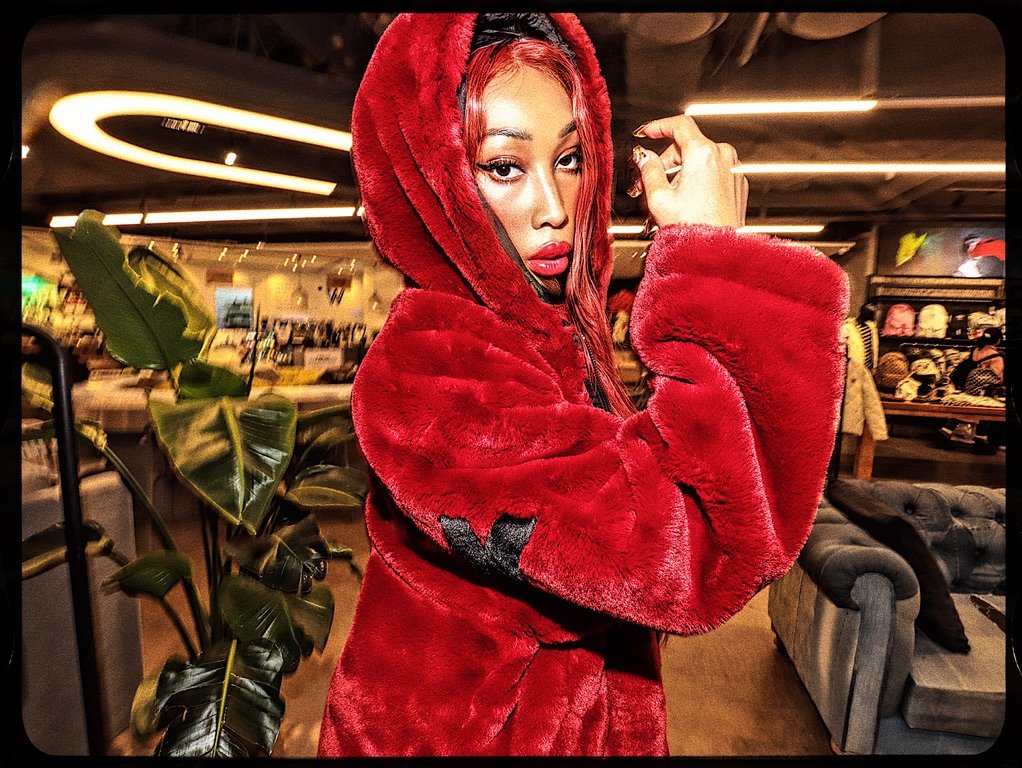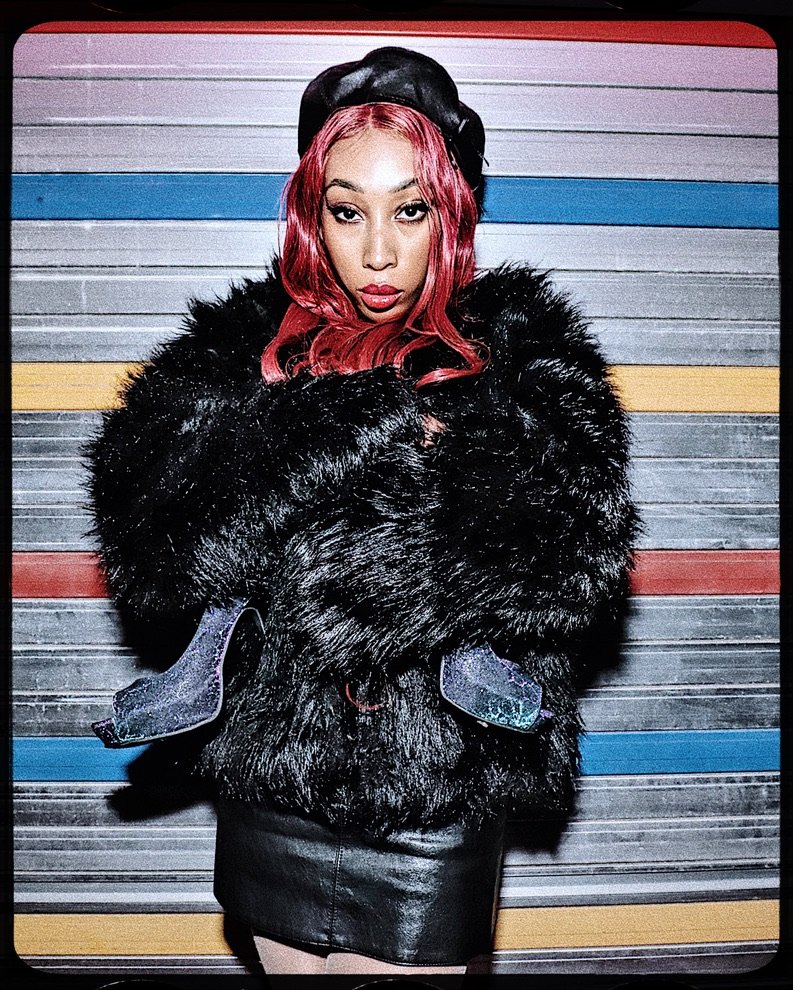The Social Semiotics of Cool and the Making of Koreaspace
Model @foxxy.mimi pulled a coat straight off the rack at the Lifeworks flagship store in Myeongdong and started posing while I flashed-attacked her. Such is the charm of this mutil-modal, consumer space that does what Koreaspace does best: it offers itself as an open playground and “third space” where the consumer is not only king, but at home.
Korea is now, indubitably and inexorably, cool. And most treatments of Korean popular culture have to do with song and dance, or how Korean flickering images redefine how people imagine Korea to be. However, we’re far more interested in exploring how specific Korean ideas are spatially employed, especially as it is used to promote private businesses, promote commerce in Korea more broadly, or even the idea of the national brand itself. From the gendered consumption of cool in gentrifying neighborhoods from Gyeongnidan-gil to Seongsu and Mullae, and down even to the “Hwangnidan-gil” of Gyeongju, the very landscape of the country is being redefined by the consumption of a specific kind of urban coolspace that speaks with a grammar of femininity and retro things.
Model @diwine.im doing picture-play in Mullae-dong.
The semiotic landscape of Koreaspace has also broadened. We’re ready to see more, to peer beyond the veneer of a PR-fixated obsession with always showing the “good face” of the nation, and finally have the ease and comfort to let the nation’s figurative hair down and enjoy a gritty city, the real face of the place that doesn’t sparkle yet thereby manages to entice all the more.
Model @foxxy.mimi channels 1990s Brooklyn in 2020s Myeongdong.
Model @jingruus does her duty in Shillim-dong.
Helping push the boundaries of Koreaspace is a new aesthetic of “street fashion” and the idea of being stylish in urban spaces — even ones that don’t make obvious value judgments and implications about Korea’s GNP. An older space heavy with the charge of 사대주의 / sadaejuui was always try-hard and desperate, with a pick me! energy that always ensured that Korea indeed did not get picked.
Arts high school students just before a Seongsu-dong show at Seoul Fashion Week.
Nowadays, Koreaspace has a heavy, positronic charge of an irrepressible confidence and braggadocio that’s fly like a Mob Wife, and provides itself as the backdrop to anyone and everything cool.
Model @foxxy.mimi out in in Myeongdong mob-wifing, Seoul style.
And sometimes, even the tourist traps can offer enough swag to allow a model to really get into a gangsta lean.
Model @jingruuschannels a Korean freedom fighter with the props of the popular, 1920s-themed nostalgia café @ikseonboutique.






